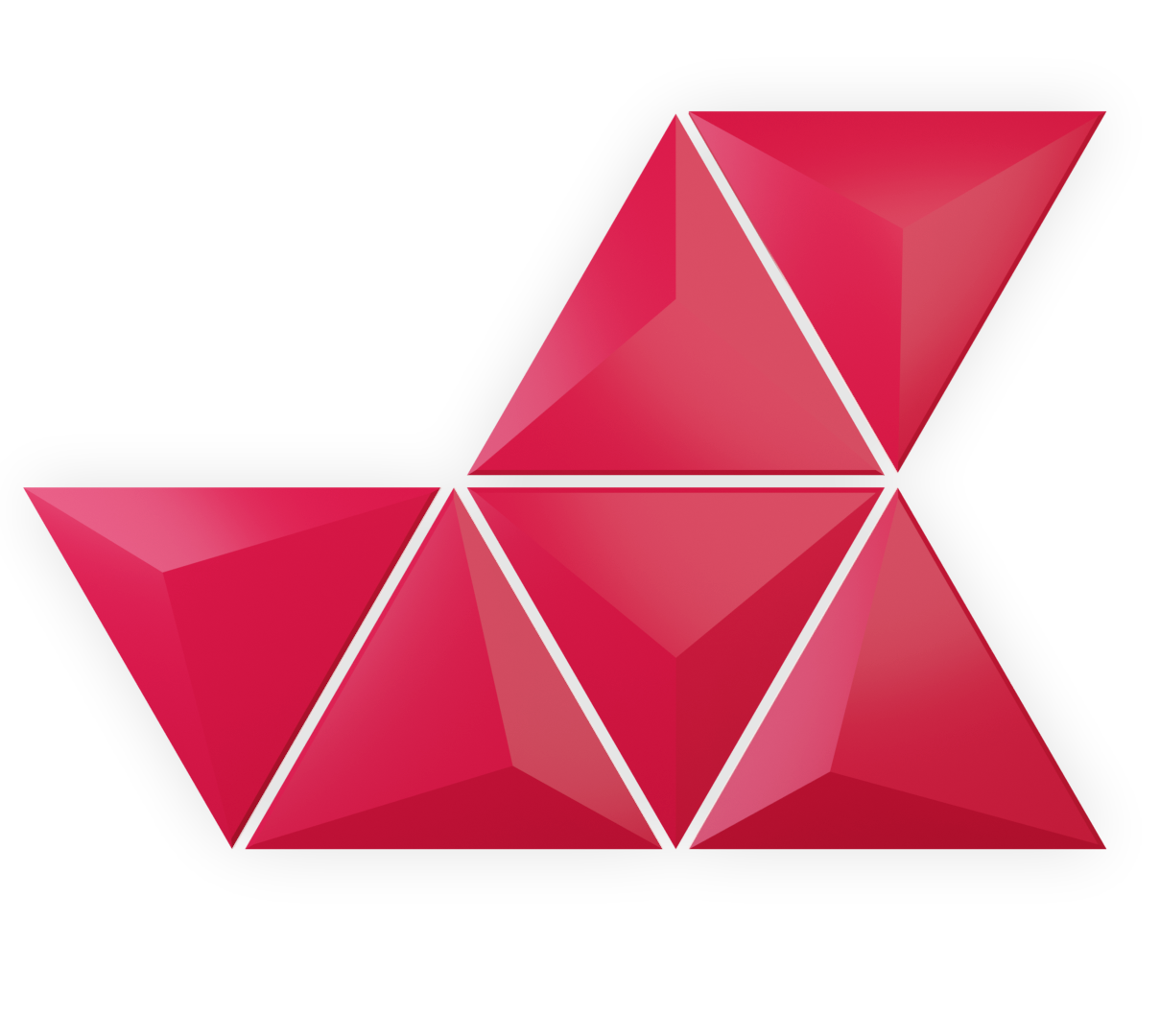Who am I?
In short...
I am an evidence-based marketer, designer, and engineer, and I bring together these disparate disciplines to do work that makes people gasp with sheer delight. At the moment, my primary focus is applying my background in science, design, and engineering to solve otherwise intractable marketing problems.
Evidence-based
I am eternally curious about how things work, and I spend a lot of time (and money) learning just how they work. Every year I pore through hundreds of scientific and academic articles in marketing, behavioral economics, cognitive psychology, and design. It's daunting work, but what I learn makes the time and hard work pay off. The knowledge I gain informs me with evidence-based perspectives that help me solve difficult problems.
Broad practical experience
Theory and evidence alone are but a starting point. Practice and experience can teach the most valuable lessons. My practical background is broad. It spans the video game industry, consumer electronics, and even electron microscopy. I have developed and implemented brand and marketing strategies, designed software user experiences and user interfaces, created sales-driving marketing materials, and I've even helped develop and implement scientifically rigorous economic indicators. And that's just a sample.
I am an autodidact with a specialty in learning new processes and methods. This rare characteristic arms me with a formidable ability to do great work across diverse domains.
Process
Method is intimately linked with result. How we work can profoundly shape the quality of what we produce. While making things up as you go along can be effortless and even successful on occasion, it won't always produce the best results. That's why I approach projects not unlike an architect. Solving problems begins in my mind, and I carefully consider the problems (usually over a hot cup of tea). Then I begin to put the contents of my mind on paper, whether they're equations, drawings, or just words. I live and breathe technology, but for this phase, the comparatively ancient pencil and paper are unmatched. Sometimes, even a napkin will do.
I consider and plan out every aspect of the project and the problem it has to solve. It all gets put on paper, and it's a process that helps me understand the very architecture of the problem I am tackling. It helps me develop plans that get the job done in a way that appreciates unforeseen challenges that a dynamic environment throws at us, and takes advantage of unexpected opportunities that arise. It's a method far more superior to more rigid and traditional planning. It is architecting a project for the living, breathing, and dynamic real world.
